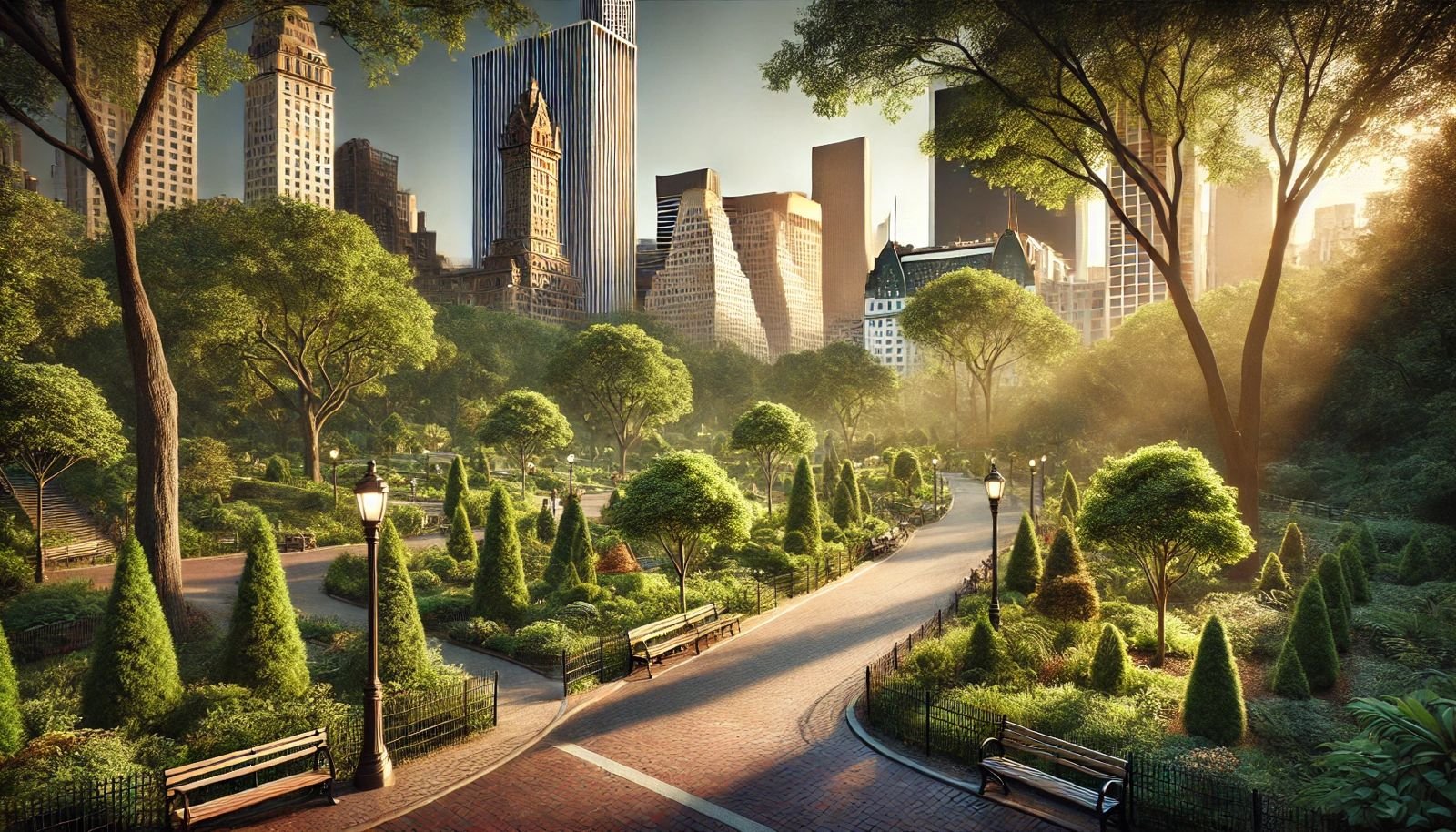Were the trees in Central Park planted?
Central Park is an iconic green oasis in the heart of New York City, known for its picturesque landscapes, diverse flora, and recreational spaces. As visitors stroll through its winding paths, they often wonder about the origins of the trees that grace this beloved park. Were they planted intentionally, or did they grow naturally over time? This blog delves into the history of Central Park's trees, their planting, and the efforts being made to preserve this urban sanctuary.
History of Central Park
Central Park was designed by landscape architects Frederick Law Olmsted and Calvert Vaux in the 1850s. It was their dream to come up with a natural landscape that would be a place of refuge from the heavy city life that surrounded it. They, therefore, came up with a holistic plan that entailed large-scale changes to the then existing landscape.
Planting Trees for Aesthetic and Ecological Purposes
The trees in Central Park were indeed planted as part of Olmsted and Vaux's design. They selected a variety of species to create diverse habitats and scenic vistas. The planting was not merely for aesthetics; it also aimed to enhance the ecological balance within the park. By introducing various species, they ensured that the park could support wildlife while providing shade and beauty for visitors.
The first planting was made of thousands of trees, which included American elms, oaks, maples, and birches. Most of these trees were locally sourced from nurseries, but others were brought from other places to create a landscape that was more diverse. This process of selection led to the development of one of the world's most renowned parks.
Maintenance and Tree Health
Year on year, Central Park faces severe challenges when it comes to tree health and maintenance. Disease and pests, alongside environmental factors, have often threatened its tree population. The Conservancy has offered several tree management programs towards monitoring the health of these trees.
Tree Management Programs
These programs include tree health assessments, pest management efforts, and replanting. The conservancy works with arborists specifically trained in urban forestry. When trees are lost through disease or damage, a concerted effort is made to replace them with new planting that will thrive in an urban setting.
Importance of Urban Trees
Urban trees improve city life in various ways. They offer shade, reduce urban heat islands, contribute to improving air quality, and provide habitat for wildlife. In Central Park, trees significantly add to the overall experience of visitors, as they provide serene environments for relaxation and recreation.
Environmental Benefits
The environmental benefits of trees go beyond aesthetics. Scientists have found that the presence of urban forests saves people money on energy due to the shade they create in the hot summer. Further, trees help curb stormwater runoff by soaking rainwater through their roots. This function is quite significant in densely populated places such as New York City.
Engaging with Nature: A Visitor's Experience
Visitors to Central Park usually engage with its natural beauty by walking, jogging, picnicking, and birdwatching. The well-kept trees make these activities even more enjoyable, offering a peacefulness amidst the hustle of the city.
Educational Opportunities
Moreover, Central Park serves as an educational platform where visitors can learn about different tree species and their importance in urban ecosystems. Guided tours often highlight the historical significance of specific trees and their roles within the park's landscape.
Conclusion: Preserving Central Park's Legacy
In thinking about that, we find that through the intentional planting of a tree, it becomes clear over time that such is where the iconic landscape of trees in Central Park came. Organizations like the Central Park Conservancy are continuously pushing efforts to keep these plants alive for future generations to enjoy.
In addition to enjoying this beautiful park, it is important for New Yorkers to consider how they maintain their own living spaces during transitions such as moving out. We offer Move out cleaning in NYC which important to ensure that homes are left in pristine condition for new occupants. Just like Central Park requires careful attention to preserve its beauty, so do our homes need thorough cleaning when we leave them behind.
By learning the importance of both urban parks like Central Park and our personal living spaces, we can understand how closely intertwined nature is with our lives. Whether you're walking leisurely among the trees or preparing your home for new residents our move out cleaning in NYC, each action contributes to keeping our environment beautiful and healthy.
